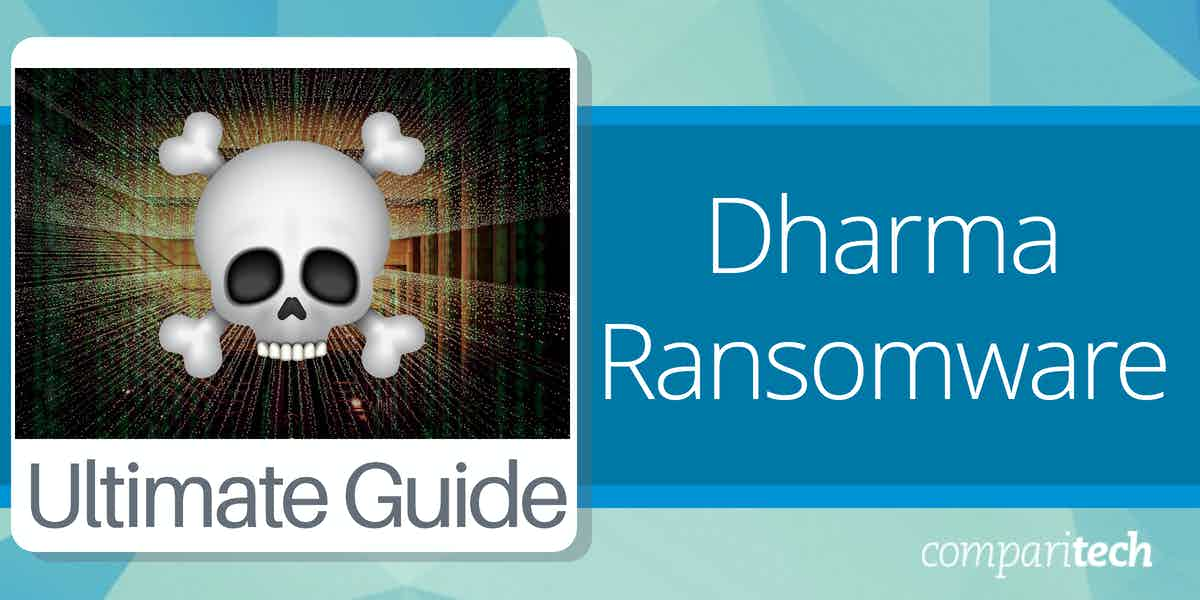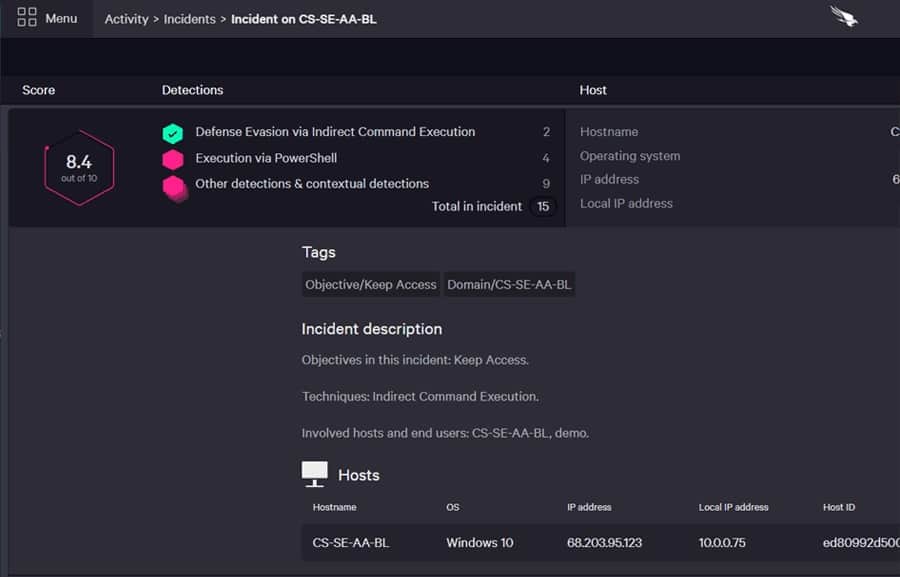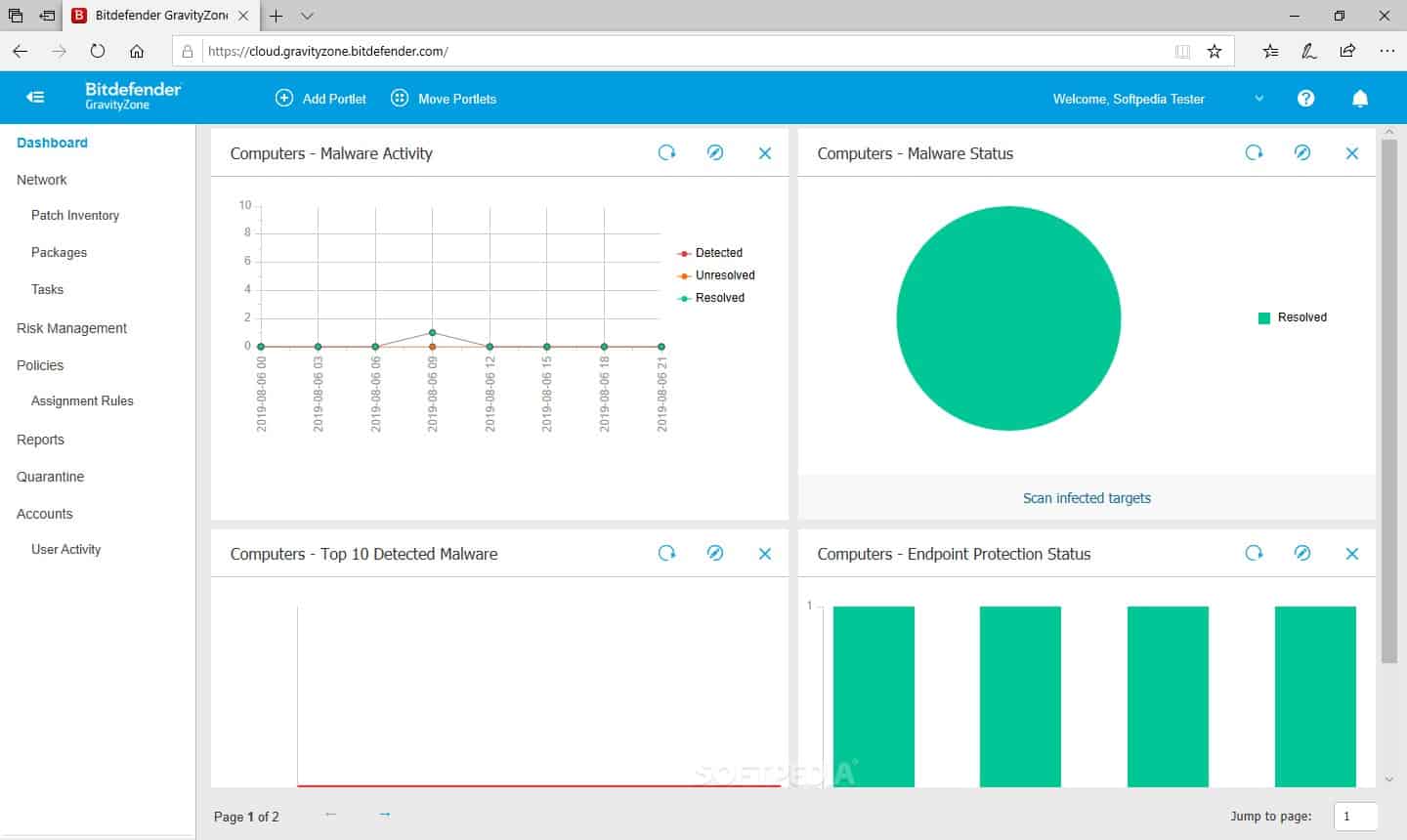Like most other ransomware brands, Dharma seems to come from Russia
Unfortunately, not much is known about the group that produced this ransomware. Still, it currently has three separate systems in circulation, each of which has several variants that go under different names. The old system in this family is called Crysis. That was first released in February 2016. Dharma is the second in the series, released in July 2018, and Phobos brings up the rear, releasing in September 2019.
The three family members are difficult to distinguish because they share a lot of code. Typically, anti-malware systems can’t distinguish between them, often flagging Dharma as Crysis. The situation is complicated further by a large number of variants of each.
Little is known about the hacker group behind Dharma. However, the code for a variant of Dharma was put up for sale in March 2020 on a Russian-language Dark Web site for $2,000. This was a meager price, given that the lowest ransom for the Dharma ransom was $1,500, with the average take per attack in December 2019 being $8,620. However, analysts confirm that it was the genuine code for the ransomware.
The code sale for the Dharma ransomware could mark the creators’ decision to stop using the system in favor of its successor, Phobos. However, the significant commonality between the two ransomware systems means that releasing the code for Dharma potentially exposed Phobos. Crysis, Dharma, and Phobos are all still operating simultaneously. However, it is not known whether they are all still controlled by the same people. It is also unclear whether the developers or a disgruntled associate made the code sale.
Dharma Ransomware-as-a-Service
Although it is difficult to tell the difference between the operating code of the three Crysis group members, there are distinguishing strategic differences. For example, Crysis uses an infected attachment on a phishing email. Dharma and Phobos use RDP to get onto targets, but there is a difference between them – Dharma is a Ransomware-as-a-Service platform, but Phobos is a developer-owned private attack package.
Ransomware-as-a-Service (RaaS) is inspired by the cloud package format, Software-as-a-Service (SaaS). In the RaaS scenario, the developers created a customer portal on its host for the Dharma software. In addition, the system presents Dharma as a toolkit. This is appealing to lone hackers or groups still learning the ropes and don’t have in-house programming skills.
The Dharma ransomware kit users have options – it isn’t a fixed service, but it offers variations on an attack. The way into a system is through the Remote Desktop Protocol (RDP). The Dharma system is a coordinator for a series of off-the-shelf system utilities. The benefit of using well-known legitimate software systems for an attack is that AV systems should ignore them as genuine activity. However, antimalware is trained to look for the coordinating program instead.
The fact that Dharma ransomware attacks aren’t all launched by the same people means that attacks can occur differently. For example, the renting hacker can manually enter into a system and copy over the installer, feed a known IP address into the portal and let the platform launch the attack, or load in a list of IP addresses and watch the service deliver the ransomware to many targets.
The benefit of splitting the duties of hacking with Dharma means that the developers cut out the laborious task of researching targets. The use of many attackers as associates also increases the turnover of the ransomware. The attacker and the Crysis group share the proceeds of an attack.
The Remote Desktop Protocol
Microsoft created the Remote Desktop Protocol (RDP) and it is integrated into Windows. This means that Dharma was specifically designed to attack computers that have the Windows operating system.
RDP is a communication protocol, and it enables someone to connect to a device and see its Desktop, so the remote computer can be used as though it is local. This is particularly useful for employees who are frequently out in the field, such as sales staff or consultants. However, it is also widely used to serve telecommuting workers.
The RDP protocol connects to TCP port 3389. Therefore, in operation, the administrator needs to activate RDP on the host computer. This starts up a receiving program that loops continually, monitoring for incoming connection requests with the port number 3389 on them.
There are security options available. The administrator can set up a password that needs to be entered by the remote user before access can proceed. Unfortunately, many administrators don’t bother with this feature. The user will still be prompted for a password but will get in by just pressing enter. This insecure setup is exactly what the Dharma ransomware is looking for.
The Dharma ransomware can easily be blocked just by setting a password for RDP access. However, password protection needs to be activated, but the password needs to be complex and not easy to guess.
Automated Dharma ransomware attacks will just drop the workflow if it encounters a password requirement. However, manually-driven attacks don’t have to stop there. The hacker can try a series of commonly used passwords or trick one of the target computer users into disclosing the password.
A Dharma ransomware attack
The variations on a Dharma ransomware attack mainly focus on the method of access. Once the installer for the ransomware is on the target computer, an attack proceeds in the same way.
The system uses Mimikatz, the Windows local user manager, NirSoft Remote Desktop PassView, LaZagne, and Hash Suite Tools Free Edition to try to identify user accounts and their passwords. It then uses the PC Hunter system diagnostics tool, GMER rootkit detector, and IOBit Unlocker to identify processes that possess files and kills them to make those files available for encryption. Finally, it uses Revo Uninstaller and IOBit Uninstaller to remove software that represents a threat to the ransomware.
All of these standard software packages are run by a PowerShell script. The ransomware bundle also includes PowerShell scripts that manage malware protection and persistence. They identify AV processes and kill them, and also unpack and then execute the ransomware.
The system uses the native Microsoft RDP client and Advance IP Scanner to identify and contact other computers on the network.
Unusually, in order to put all the software for Dharma ransomware in place, the RaaS platform shuts down the target computer and reboots it, bring up a screen locker with ClearLock, freezing out users and passing over control to the platform for the final phase of the attack. At this point, the hacker also has an opportunity to pause the attack and move about the victim’s system to explore files and steal data.
The platform unpacks the malware and tries to launch the encryption system with a discovered username and password. If that fails, the system prompts the hacker to relaunch the process manually with different target computer user credentials.
What is the Dharma encryption system?
Dharma the AES cipher with a 256-bit key to encrypt files. The key is created on the attacked computer. The ransomware also generates a unique ID for the attack. The ID and the AES key are then bundled with RSA encryption using a 1048-bit key. This protects the transmission of the key to the command-and-control server (C&C).
The system renames each file after it has been encrypted. This renaming process tags extra extensions onto the original file name. The format for this is:
<original name>.id[<victim ID>-<version ID>].[<attacker’s e-mail>].dharma
That final .dharma extension can be different, depending on the variant that is in operation – there are about 200 variants in circulation.
Once all of the working files have been encrypted, the system generates two ransom notes. One is in plain text and is left on the hard drive; the second is in HTA format and is opened for display. This gives the victim instructions on how to proceed.
Instructions display the attack ID and tell the victim to use this in correspondence. The note also gives an email address to contact, which is the same email address tagged to the end of the name for each encrypted file.
The attacker sends the victim back a tool that generates a list of encrypted files and sends that back to the hacker. The victim then has to arrange payment. The affiliate submits the list of files through the RaaS portal, together with a Bitcoin payment, which represents a share of the ransom. With this, the RaaS returns a decryption tool with the decryption key for the RSA encryption. When the decryption tool runs on the victim’s computer, it will locate the encrypted AES key, decrypt it, and then read it in to perform the decryption of all files.
Protecting against Dharma ransomware
You can avoid paying the ransom if you have backup copies of all of your working files. However, it is also necessary to protect backup stores not to get broken into by hackers. An easy way to protect systems against a Dharma ransomware break-in is to password protect all RDP ports and institute secure VPN access for remote workers. However, there is always the danger that a Dharma ransomware affiliate could trick that password out of the user through phishing emails.
You must protect your user devices with endpoint detection and response systems that spot suspicious activity and isolate that endpoint before the ransomware can spread. It is also a good idea to get extra protection for sensitive data.
Here are three system security packages that you should consider:
1. CrowdStrike Falcon Insight (FREE TRIAL)
CrowdStrike Falcon Insight combines endpoint detection and response with cloud-based threat hunting and a threat intelligence feed. Each device has an agent installed on it. This software is also available as a standalone package, called Falcon Prevent. The EDR module scans for abnormal activity, so it would spot those PowerShell scripts that implement much of the setup involved in a Dharma ransomware attack.
The EDR can suspend user accounts, block communication with suspicious IP addresses and isolate the computer from the network. This combination of actions would shut down a Dharma attack. Once the threat is less immediate, the service can identify and remove Dharma components. Meanwhile, the threat intelligence system coordinates checks with all endpoints in the design and looks out for warnings of new malware, including other ransomware threats.
CrowdStrike Prevent is available for a 15-day free trial.
3. ManageEngine DataSecurity Plus
ManageEngine DataSecurity Plus protects sensitive data and should be deployed by businesses following GDPR, HIPAA, PCI DSS, or other data privacy standards.
This package includes a discovery module that identifies and categorizes sensitive data sot4res. It then protects all files with a file integrity monitor, which would spot the start of the encryption process and block Dharma or other ransomware systems.
ManageEngine DataSecurity Plus runs on Windows Server, and it is available for a 30-day free trial.
3. BitDefender GravityZone
BitDefender GravityZone includes a set of tools to guard your system against any kind of malware attack, including Dharma ransomware. The GravityZone bundle includes endpoint detection and response (EDR) to spot anomalous behavior and isolate the device before an infection can spread. It also includes vulnerability scanning, which will identify open or insecure ports. In addition, his service is linked to a patch manager, which keeps OSs and software up to date. There is also a configuration manager and a file integrity monitor in the package.
Vital tools in the GravityZone system for guarding against Dharma ransomware are a backup manager and multi-point malware scanning. The GravityZone system scans all files several times over. As well as protecting them from unauthorized changes with the file integrity monitor, it will scan them for signs of infection before uploading them to the backup server.
BitDefender GravityZone runs on a hypervisor as a virtual appliance, and it is available for a one-month free trial.
L’article What is Dharma Ransomware & How to Protect Against It? est apparu en premier sur Comparitech.




0 Commentaires